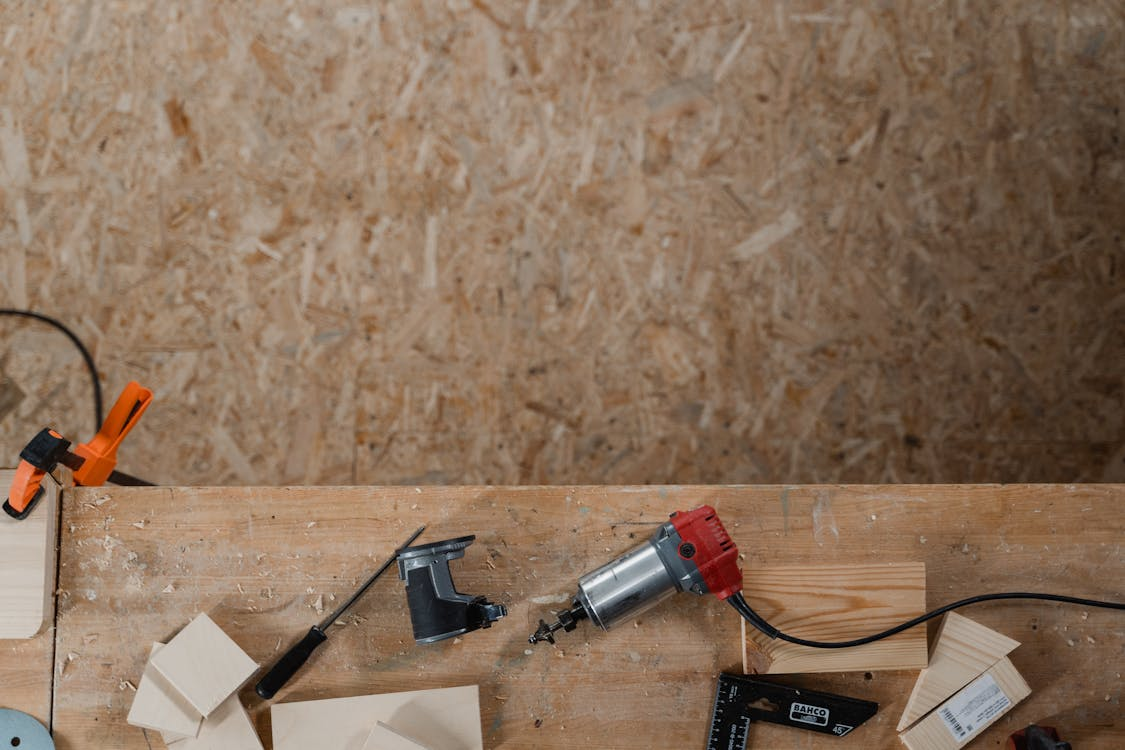Marine plywood, in all its robustness, is renowned for its resistance against moisture and extreme conditions. This versatility makes it ideal for those committed to crafting masterful creations, whether that be sailing vessels or sturdy outdoor furniture. Yet, despite its inherent durability, this material requires meticulous care to truly thrive. For the do-it-yourself enthusiast, boat aficionado, or contractor, understanding how to maintain marine plywood can safeguard your investment, saving both time and money.
The Elevating Importance of Marine Plywood Preservation
Ignoring maintenance requirements for marine plywood can be calamitous. Notwithstanding its exceptional durability, the material can be susceptible to water damage, rot, warping, and mild decay if not properly cared for. Although it’s fabricated with waterproof glue and superior veneers, continuous exposure to harsh conditions can take a toll. Failure to upkeep leads to vulnerability, which can incur a hefty expense for repair or replacement.
Prudent maintenance guarantees the plywood retains its solid structure and aesthetic appeal for many years. Considering the high cost of marine plywood relative to its ordinary counterpart, prioritising maintenance is not only sensible but economically favourable as well.
Guidelines to Prolong the Life of Marine Plywood
The key to extending the lifecycle of your marine plywood lies in adopting these maintenance practices:
Defending Against Water Damage
The preliminary defence against water damage is the application of a high-quality water-resistant finish or sealant. Though marine plywood is inherently moisture repellant, an additional protective layer can dramatically diminish risks. Apply a marine-grade epoxy or polyurethane varnish methodically to all exposed surfaces, including edges, which forms a potent water-repellant shield. Remember to reapply periodically, especially if frequent wear and tear or sun exposure can degrade the coatings. Be sure to contact Bord or a similar leader if you need advice on choosing a product.
Ventilation and Proper Storage Solutions
Proper ventilation is essential in any environment where plywood is located. Minimise humidity build-up by ensuring good air circulation. Boat owners will benefit from removing standing water and thoroughly drying all surfaces after use.
For storage, place the plywood on a dry, elevated platform, and avoid exposing it to the harsh elements, which can degrade the material’s quality.
Prompt Damage Control
Timely maintenance includes being vigilant for early signs of damage, like cracks, or peeling finishes. Swift action can prevent deterioration. For minor issues, a light sanding and reapplication of epoxy can reinforce the damage zone. For more significant problems, consider replacing the panel completely to prevent compromising the structure.
UV Exposure Protection
Long-term exposure to UV rays can degrade marine plywood. Adding a UV-blocking finish can prevent discoloration and preserve the sealant’s water-repellant abilities. Boat owners should also consider using covers or canopies to protect exposed plywood.
Routine Cleaning & Maintenance
Consistent cleaning prevents the build-up of salt, dirt, or other damaging contaminants. For routine cleaning, use mild soap and water, and avoid harmful chemicals that could erode finishes. Dry off any residual moisture completely. Regular inspections, especially in high-use areas, can help identify and address potential issues early.
Invest in Your Plywood’s Future
Marine plywood’s lifespan hinges on the quality of its upkeep. With conscientious water-sealing, storage, damage control, UV protection, and regular cleaning, you can significantly enhance the durability of your plywood.
Maintaining marine plywood not only safeguards your investment but also upholds the integrity of your creations. The small effort required will yield substantial returns in durability and reliability, rendering these extra steps invaluable.
